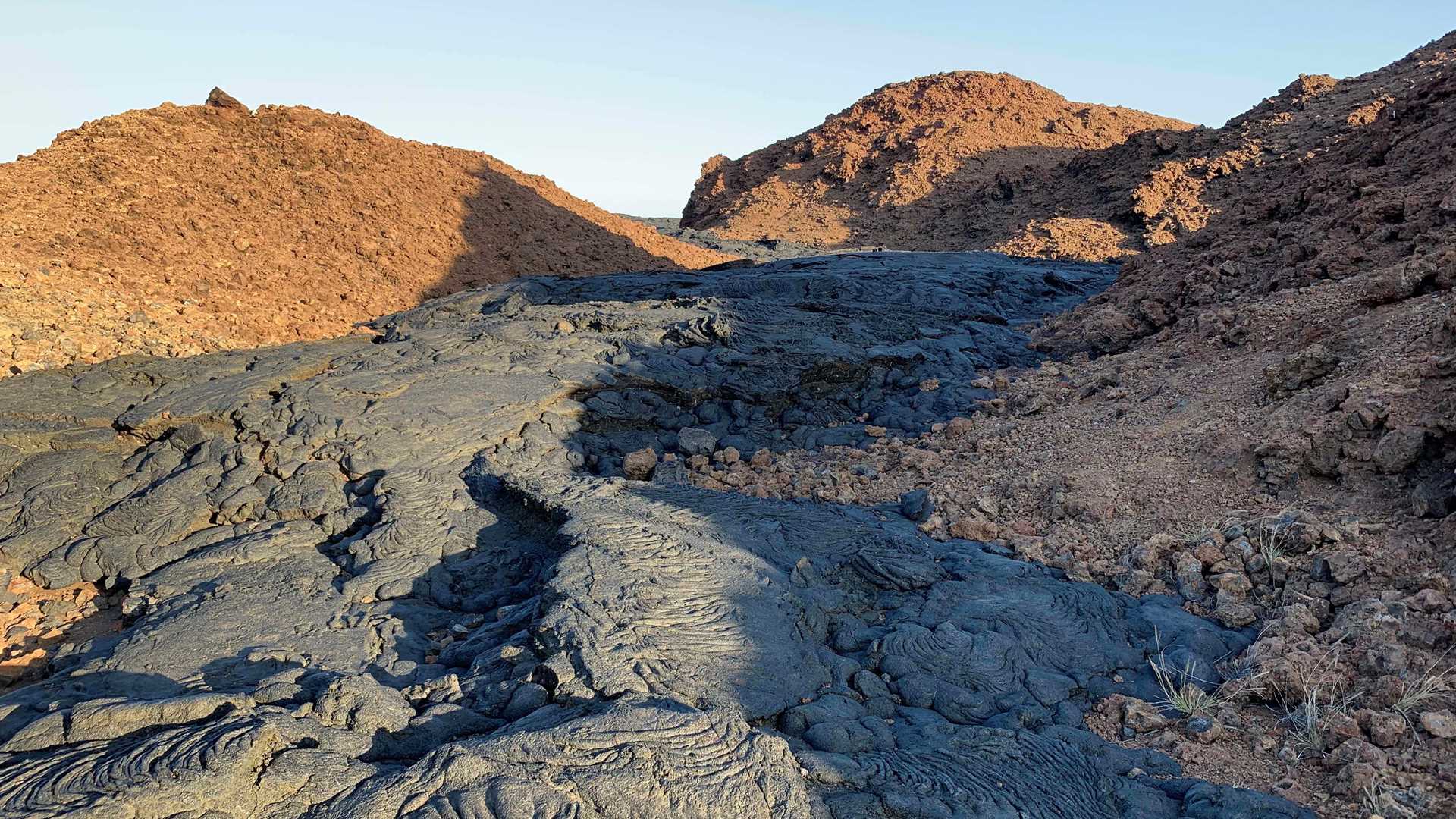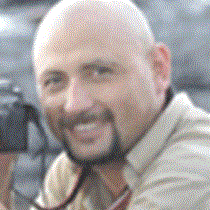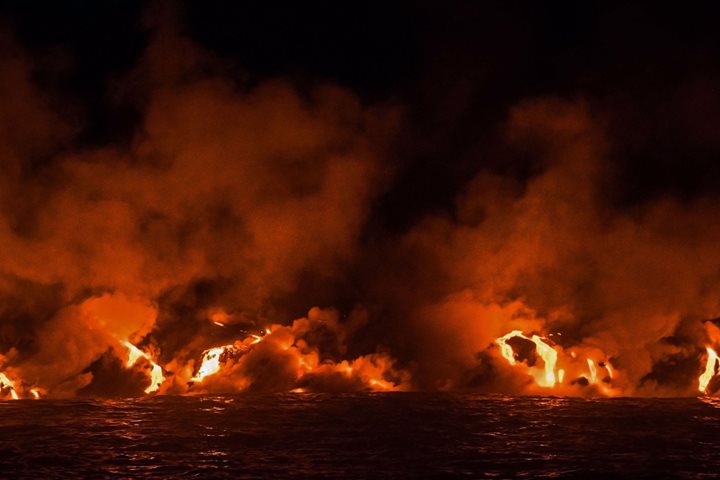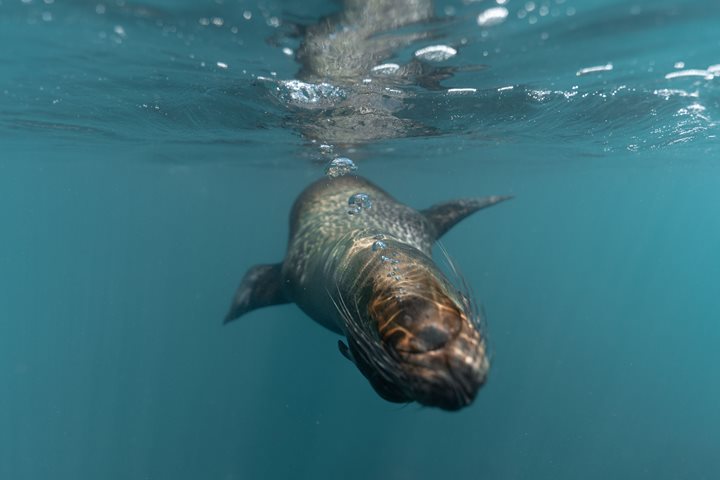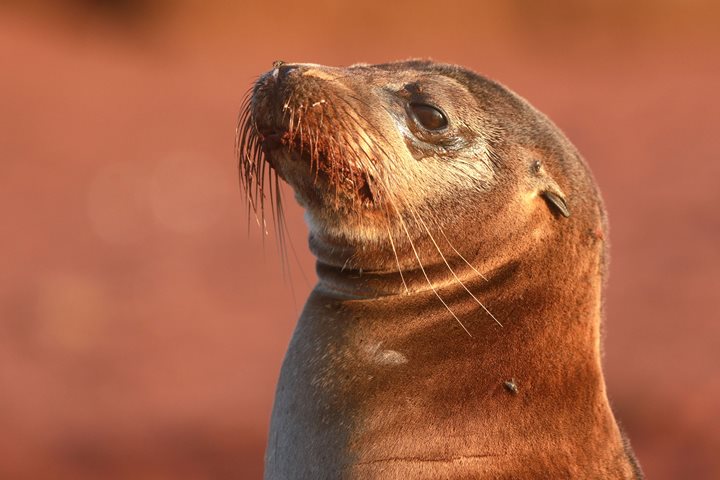These two islands are the perfect place to learn about the conditions, albeit harsh, for a species to establish itself. No one knows just how many arrivals the Galapagos received, but what is certain is that only a few were able to survive, adapt, and become unique to this archipelago. This place is like unlike anywhere else, and most of the animals and plants exist only in this chain of volcanos.
- Daily Expedition Reports
- 27 Sep 2019
Sombrero Chino and Santiago Island, 9/27/2019, National Geographic Islander
- Aboard the National Geographic Islander
- Galápagos
Walter Perez, Naturalist/Certified Photo Instructor
Walter was born in a very small town on the mainland of Ecuador. His first trip to the Galápagos was when he was 12 years old, visiting friends and aunt, who had moved to the islands. From the first moment he saw the Islands, he fell in love with the...
Read MoreJoshua Vela, Videographer
Joshua is a visual artist from the Galápagos Islands. He grew up on the island of Santa Cruz, where he developed a strong connection with the natural world that surrounded him and where he learned the importance of sustainability and conservation.
Read MoreShare Report
Related Reports
11/23/2022
Read
National Geographic Islander II
Isabela and Fernandina
Our day began with the chance to point out a lot of interesting geological features as we enjoyed Zodiac tours along a massive flank of Ecuador Volcano on Punta Vicente Roca. In the afternoon, we took a sunny walk on Punta Espinoza on Fernandina Island. We spotted many iguanas, and a bunch of sea lions hanging around, too.
11/22/2022
Read
National Geographic Islander II
North Seymour & Rabida Islands
Relatively small and low compared to neighboring Santa Cruz, North Seymour is located to the north of Baltra. The island is dry with predominantly low shrubs, like prickly pear cacti. The incense trees are bare during the dry season. Seabirds like frigatebirds and blue-footed boobies nest on the island, and sea lions rest on the sand when they are not fishing. Land and marine iguanas also live here. Rabida is in the middle of the archipelago and has a striking red sand beach. We observed a small colony of sea lions of all ages resting or nursing. Behind the beach, American flamingos nest in a brackish lagoon. This island is full of contrasts and wildlife that we enjoyed observing during this day of expedition.

